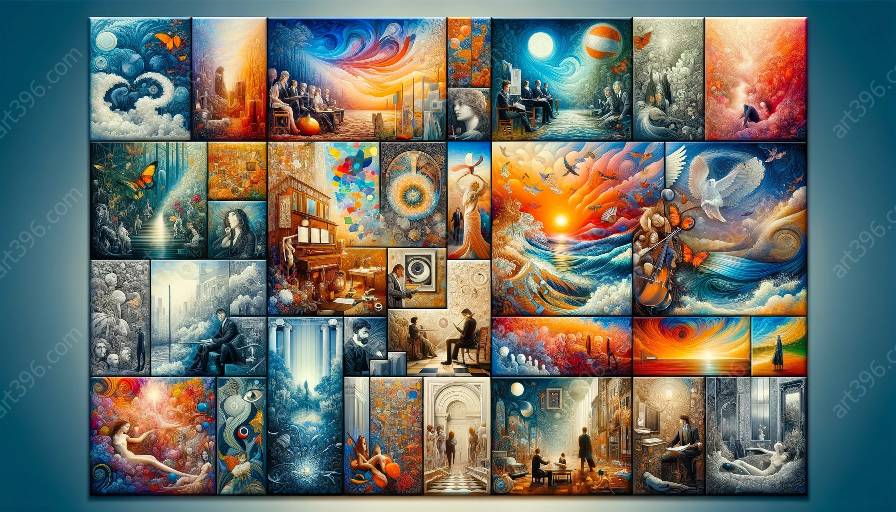How has technology influenced the use of symbolism in visual art and design? The relationship between technology and art has been intertwined throughout history, affecting the way symbolism is perceived, created, and interpreted.
Technology has played a pivotal role in redefining the use of symbolism in visual art and design. The convergence of technology and art movements has given rise to new, innovative modes of expression, altering the traditional methodologies and concepts associated with the creation of symbolic imagery. This exploration will delve into the transformative impact of technology on symbolism, its connections to various art movements, and the profound implications for the contemporary digital landscape.
The Evolution of Symbolism in Visual Art:
Symbolism has long been a fundamental component of visual art, encompassing the use of images, shapes, and colors to convey deeper meanings and evoke emotional responses. Throughout different art movements and periods, symbolism has undergone significant transformations, influenced by societal, cultural, and technological shifts.
The advent of digital technology has revolutionized the way artists conceptualize and execute symbolic representations. The accessibility of digital tools and platforms has expanded the creative possibilities, enabling artists to transcend traditional boundaries and experiment with new forms of symbolic expression.
Art Movements and Symbolism:
Art movements serve as reflections of their respective eras, encapsulating the prevailing ideologies, aesthetics, and technological advancements. From the Pre-Raphaelites' symbolist tendencies to the Surrealists' embrace of automatic drawing and abstract symbolism, art movements have continually responded to the evolving technological landscape.
The impact of technology on symbolism extends beyond the creation process and permeates the reception and interpretation of symbolic art. Digital platforms and virtual environments have redefined the audience's interaction with symbolic imagery, offering immersive experiences and interactivity that transcend the confines of traditional art spaces.
Technology's Influence on Contemporary Symbolism:
In the contemporary digital age, technology has facilitated the fusion of symbolism with interactive, multimedia elements, blurring the boundaries between visual art and design. The integration of augmented reality, virtual reality, and digital installations has enabled artists to imbue symbolic art with dynamic, immersive qualities, engaging viewers in encompassing sensory experiences.
Furthermore, technology has democratized the creation and dissemination of symbolic art, providing artists with global platforms to showcase their works and connect with diverse audiences. Social media, online galleries, and digital art marketplaces have extended the reach of symbolic imagery, transcending geographical constraints and fostering a vibrant, interconnected artistic community.
The Synergy of Technology and Symbolism:
The integration of technology into artistic practices has engendered a symbiotic relationship with symbolism, expanding the possibilities of conveying complex narratives and layers of meaning. Through digital tools and techniques, artists have harnessed the power of symbolism to address contemporary issues, explore cultural identities, and engage in dialogues that resonate in the digital realm.
As technology continues to evolve, the interplay between symbolism and visual art will undoubtedly undergo further transformations, shaping new paradigms of creative expression and redefining the boundaries of symbolic representation in a technologically mediated world.

